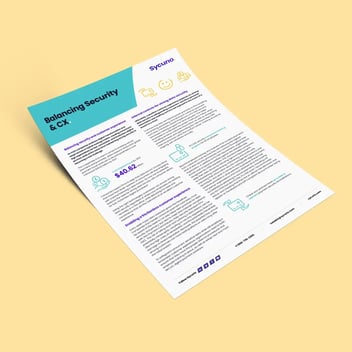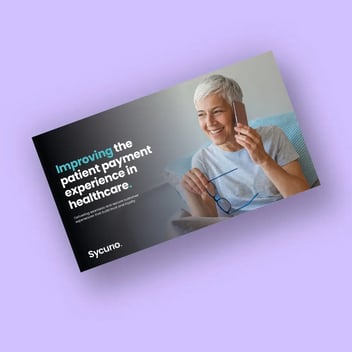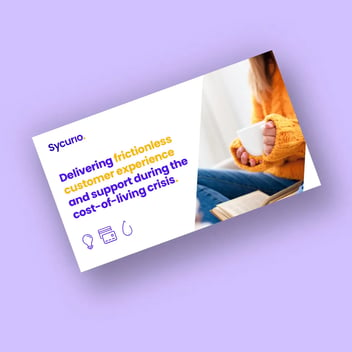
Protect your brand.
Empower your people.
Engage your customers.
Create seamless, secure payments across every channel.


Deliver seamless,
secure payments
experiences.

Seamless, secure,
fast payments.

Protect your
brand and your
customers.

Balance cost
with customer
engagement.

Improve security, streamline payments.
Protect your brand.
Empower your people.
Engage your customers.
Create seamless, secure payments across every channel.

In a world where payments and customer interactions are becoming increasingly digitized, we help businesses put payment CX and security at the heart of everything they do.
Our innovative payment solutions and services help organizations transform CX and simplify how they manage regulatory compliance and payment security.
We enable them to safeguard every customer interaction in every channel; delivering standout experiences that build consumer trust and loyalty.

What do you want to do?
Take seamless, secure,
& fast payments
Enhance payment CX, operational performance and agent productivity
Improve security &
streamline payments
Reduce risk and protect customer payment data across your organization
Balance costs with
customer engagement
Deliver simple, secure, and seamless payments across every channel
Deliver outstanding
payment experiences
Empower agents, delight customers and create better business outcomes
Protect your brand and
your customers
Keep payment data secure, your business protected and PCI DSS compliant
Integrate your payment
security & CX
Connect with the leading contact center and payment services solutions
Payment solutions for every industry:
Built for integration.
Sycurio’s solutions and powerful payment APIs are built to integrate with cloud contact centre solutions, customer relationship management systems, unified communications and enterprise networking, carrier-level telephony, payment gateways, payment service processors and a whole range of contact center and hosted systems.
We connect with all
leading PSPs.
We enable you to process your contact center phone payments and digital payment links through your existing PSP without the costs, hassle and pressure of having to maintain your own PCI DSS compliant infrastructure. Our solutions deliver outstanding payment CX, the highest levels of security and measurable improvements in agent productivity.
Power your growth.
Deliver more value for customers by building on Sycurio’s trusted payment experience solutions.



